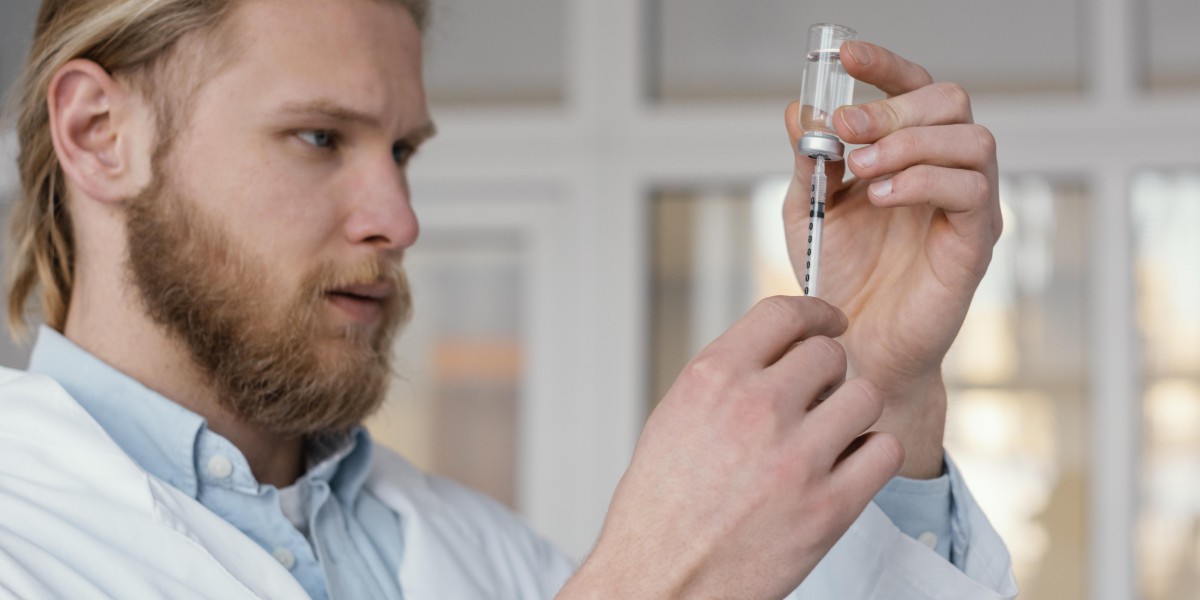What are Testosterone injections?
Testosterone injections are a type of hormone therapy. They deliver a dose of testosterone, one of the sex hormones, into the bloodstream.
Testosterone is present in both men and women, but its levels are higher in men. In all men, it plays an important role, influencing sexual development, libido, mood, and more.
A 2019 study (Trusted Source) indicates that testosterone therapy has become increasingly popular in the United States. Testosterone prescriptions for men over 60 quadrupled between 2001 and 2011.
However, a significant number of these patients did not have testosterone levels low enough to be diagnosed with hypogonadism. Hypogonadism occurs when the testes do not produce enough testosterone or sperm.
This suggests that doctors are prescribing testosterone to people who may not need it or whose Step-by-step guide for testosterone IM injection levels are not low enough to indicate a medical problem. The study authors emphasize that the efficacy and safety of this method remain to be determined.
Types of Testosterone Injections
There are several types of testosterone injections, including:
Testosterone cypionate (Depo-Testosterone)
Testosterone enanthate (Xyosted)
Testosterone undecanoate (Aveed)
Are testosterone injections safe?
How to self-inject testosterone intramuscular
Testosterone injections may be safe for some people if used as directed by a doctor.
However, research links testosterone treatment to several complications, including:
- Increased risk of cardiovascular disease
- Increased risk of venous thrombosis (or blood clots)
- Decreased sperm count, which can persist in 10% of men (Trusted Source) even after stopping testosterone treatment
Some types of testosterone treatment (Trusted Source) can also increase blood pressure, increasing the risk of heart attack or stroke.
Testosterone is not suitable or safe for people with:
- Prostate cancer
- History of breast cancer
- Gynecomastia and other breast disorders
- Untreated heart failure
- Untreated obstructive sleep apnea
- History of cardiovascular events in the past 6 months
- Undiagnosed prostate nodules
- Planning conception
How to Use Testosterone Injections
There are two ways to undergo testosterone treatment: see a doctor who will administer the injections in the buttocks, or self-administer the injection at home by inserting a needle into the thigh.
A doctor will provide instructions on how to self-administer the injection, if desired. During treatment, people typically see their doctor every two to three months for follow-up.
Treatments can be lifelong or short-term, depending on each individual's situation.
What are the side effects of injectable testosterone?
It is possible to effectively increase testosterone levels, but there are risks. Testosterone injections can cause many side effects.
Common side effects of injectable testosterone include:
- Injection site reactions, such as pain, bruising, and redness
- Headache
- Worsenance of an enlarged prostate (benign prostatic hyperplasia)
Testosterone can also cause more serious side effects, such as:
- High blood pressure
- Increased risk of blood clots
- Increased risk of death from stroke or heart attack
How do I receive testosterone injections?
You can receive testosterone injections in a doctor's office or at a clinic. Testosterone is injected deep into the muscle, usually in the buttocks. This makes it difficult to self-administer. However, this can vary by product.
Some testosterone injections, such as Aveed, must be administered by a healthcare professional. This is because side effects (adverse side effects, anaphylaxis) may occur shortly after the injection.
Your healthcare professional may authorize you to administer testosterone cypionate or enanthate at home. These injections do not pose the same aftercare risks as Aveed. They are also administered more frequently, making them easier to use at home.
Xyosted is another exception. You can safely use this auto-injector at home. Self-administration of subcutaneous medications is easier than self-administration of intramuscular medications.
Frequently Asked Questions
Does testosterone interact with other medications?
Yes, testosterone injections can interact with medications such as insulin, blood thinners such as warfarin (Coumadin, Jantoven), and corticosteroids such as prednisone. Share your medication list with your pharmacist and doctor who prescribed your testosterone. They can help you manage interactions with testosterone.
How should I store testosterone?
Testosterone injections should be stored at room temperature (20°C to 25°C). Do not refrigerate or freeze them. It is also important to protect them from light and heat.
For more information visit our site:- Steroidsstores






